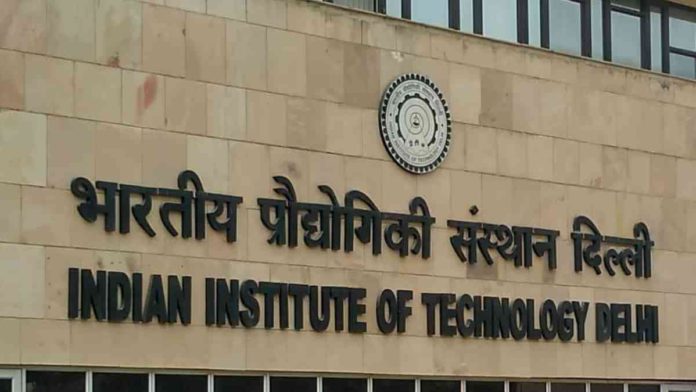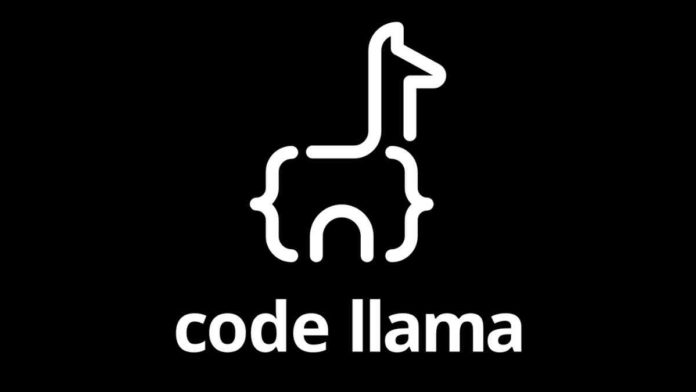Mukesh Ambani, the chairman of Reliance Industries Limited (RIL), claimed that RIL’s Jio would launch new AI systems for India that would be comparable to OpenAI’s ChatGPT. Ambani pledged to make AI accessible to all Indians and to take the lead in developing AI models and solutions that are tailored to India. Ambani announced this at RIL’s 46th Annual General Meeting (AGM).
“Jio promises AI to everyone, everywhere. And we shall deliver,” said Ambani at Reliance’s 46th Annual General Meeting. Additionally, he stated Jio Platforms’ intention to provide AI-driven solutions spanning numerous industries, making sure that the benefits of AI are available to all facets of the Indian population, including people, businesses, and governmental bodies.
This news is noteworthy because it appears to be in response to OpenAI CEO Sam Altman’s remarks that India’s AI efforts are “hopeless,” which he later corrected as having been misinterpreted.
Read More: UK to Invest £100m in AI Chips Production Amid Global Competition
OpenAI CEO Sam Altman spoke at the Economic Times Conversations event in Delhi, where Rajan Anandan, the previous CEO of Google India inquired about his advice on how Indians could develop something similar to ChatGPT in India. Sam responded by adding that while one could attempt to construct something similar in India, it would be “pretty hopeless.”
When the video of the interview went viral, Tech Mahindra CEO CP Gurnani interpreted Altman’s statement as a “challenge”. The CEO of OpenAI later responded to Gurnani’s tweet, claiming that the question he was given was the incorrect one and that his response had been taken out of context. Nevertheless, there have been speculations that Ambani’s announcement is in line with these occurrences.
Jio, which debuted in September 2016 and is now India’s largest mobile operator. Ambani noted during the AGM on Monday that Jio has amassed a customer base of more than 450 million (45 crore) since its launch. Having forayed with such massive success, RIL now wants to tap into the lucrative field of generative AI.











